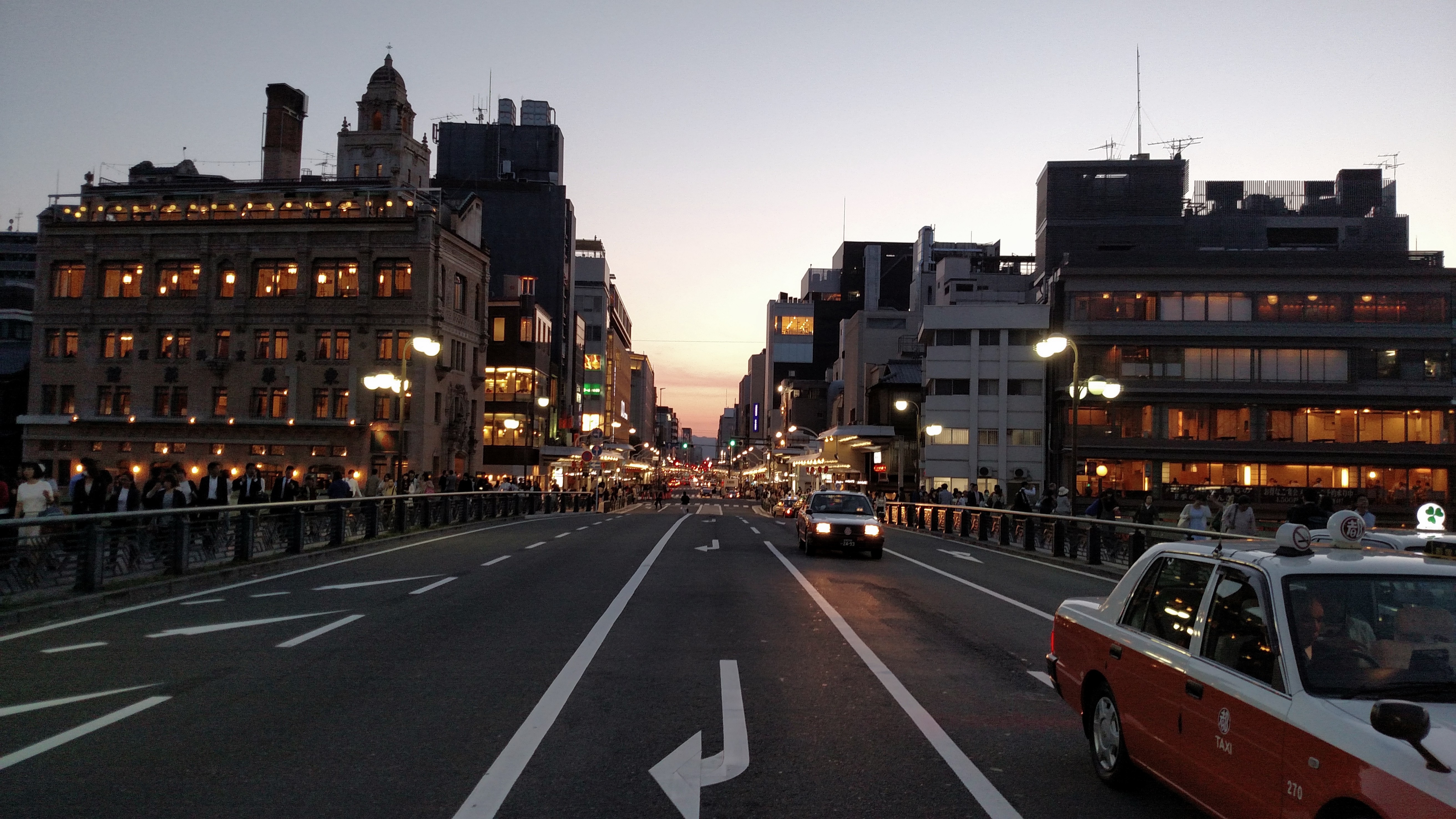How Businesses can Recognize Counterfeit Money
Counterfeit bills are more common than you would think and they are a serious problem. If you own a business, it is important that you know how to recognize fake bills. Here are a few things you should look at to determine whether a bill is genuine or fake.
- The Ink Is Supposed To Change Color
Pay attention to the ink in the lower right corner of a bill’s face. You should see the color shifting from gray to green when you slightly tilt the bill.
- Look for Raised Ridges
This technique is known as intaglio printing. You should be able to feel slightly raised ridges when passing your finger around the area with the president’s portrait.
- Use a Counterfeit Pen
Currency is printed on a cotton-based paper that does not contain any starch. If a bill is printed on another type of paper, a counterfeit pen will mark it with ink that looks brown or black. Counterfeit pens are very affordable but they can only be used to check if the currency is printed on the right type of paper.
- Use a Counterfeit Machine
There are a number of devices out there that can test money to tell whether it’s counterfeit or not. Counterfeit money detectors make it easy to authenticate whether or not cash is real or not. From simple pens to counterfeit detector terminals, these items and machines for checking bills are the best way to ensure you’re not being duped.
- Look for These Security Features
You can find these security features on all bills, except on $1 and $2 bills:
– Watermarks
You can see a watermark on the right of the president’s portrait. You need to hold the bill in the light to see the watermarks. This security feature has been used on $10, $20, $50 and $100 bills since 1996 but have been introduced on $5 bills only since 1999. If a bill is genuine, you will see a watermark of the president’s portrait to the right of where the portrait is printed. It is possible to reproduce watermarks but most counterfeits do not have this feature.
– Polyester strips
The denomination of a bill is usually printed on a polyester strip that runs from the top to the bottom of the bill. The exact position of the strip varies in function of the denomination. The position of the strip varies so that bills with smaller denomation cannot be made to look like larger bills. The polyester strips turn a different color when you look at them with a black light. These strips include a magnetic element, which is how counting machines can detect different denomination and recognize counterfeit bills.
– Security ribbon on $100 bills
If you are looking at a genuine $100 bill, you will notice a blue security ribbon. The ribbon should run vertically in the center of the bill. You will see Libert Bells in the ribbon as well as a pattern with the number 100 as you tilt the bill back and forth. These patterns are made with micro-lenses and are very difficult to reproduce.
– Micro-printing
This is a feature that has been used since 1990 on $5 bills and higher denominations. You should see different elements in different spots depending on the denomination of the bill. Most counterfeits do not include any micro-printing at all or do not have the right micro-printing in the right places.
– Color-shifting Ink
Color-shifting ink is not easy to reproduce. It has been in use since 1996 and the color of a bill should change from green to black or from copper to green when you tilt the bill and look at it under a light source.
– Intaglio images
Most bills have elements that are raised. You can easily feel these elements by passing your finger over the bills. You should for instance find that the number 10 and the liberty flame printed in the lower right hand corner of the $10 bill are intaglio images.
- Look at the Serial Numbers
The serial numbers should be well-aligned and spaced. Serial numbers are unique and finding two bills of the same denomination with the same serial number is a sure sign that the bills are counterfeit. This is a fairly common issue since counterfeit bills are often spent in one place and since printing each bill with a unique serial number requires more work.

